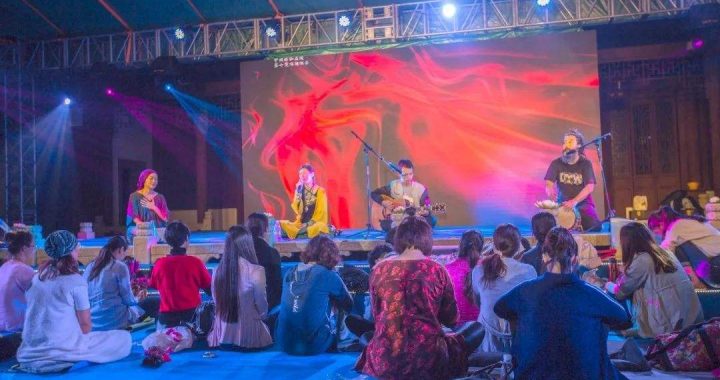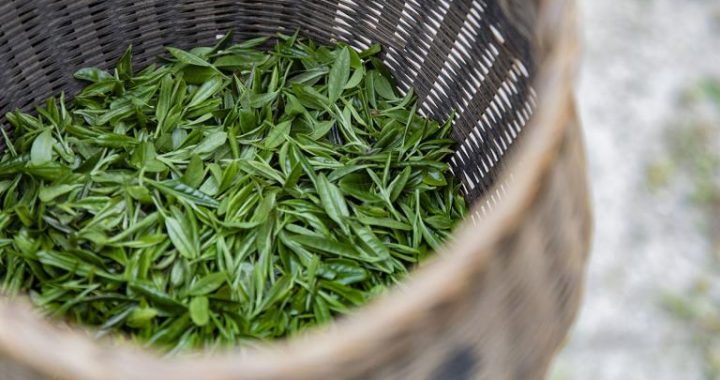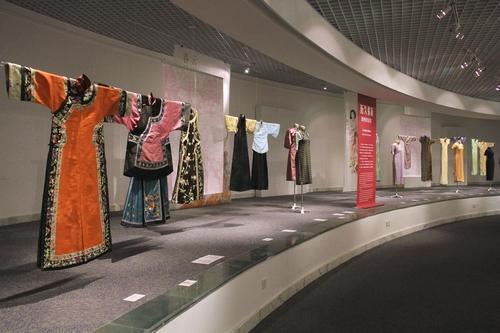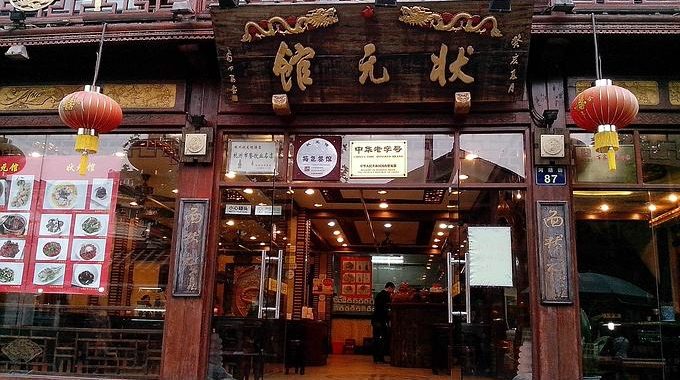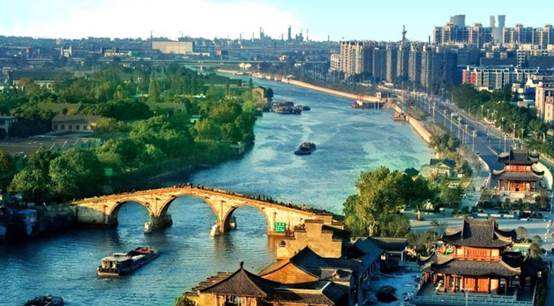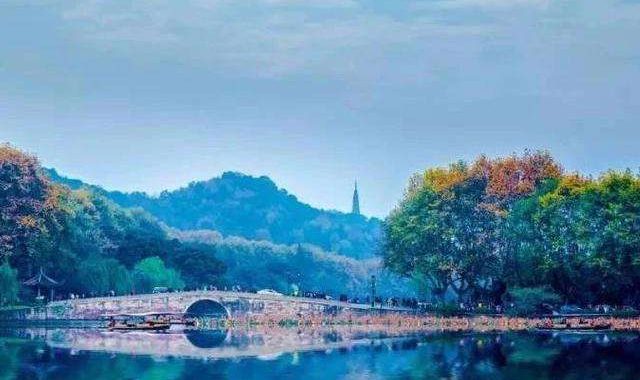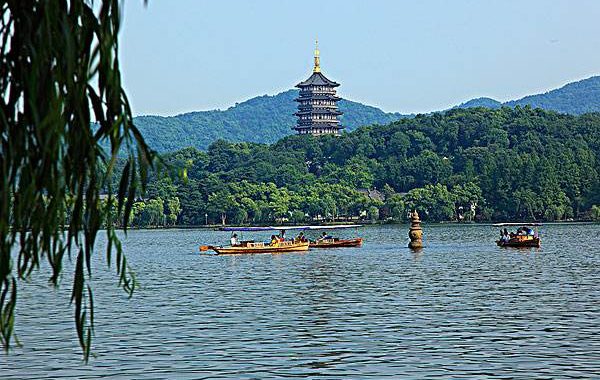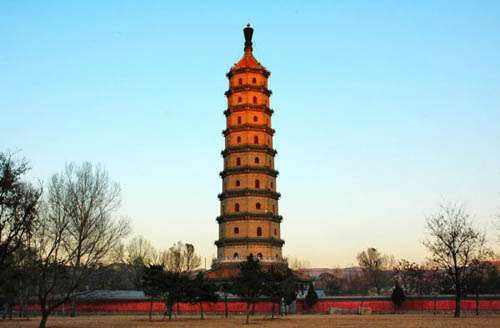CULTURAL RELICS OF LEIFENG PAGODA
2 min readThis exhibition marks the debut display of Hangzhou’s Leifeng Pagoda’s cultural treasures since the pagoda collapsed 90 years ago. People can now visit a reconstruction of the collapsed structure which was completed back in 2002. The original pagoda was built in the year 975 AD during the Five Dynasties and Ten Kingdoms period of China, at the order of King Wuyue to celebrate the birth of his son. The Leifeng Pagoda was an octagonal, five-storey structure built from rick and wood and with a base built out of bricks. One of the top 10 attractions of the West Lake’, the pagoda is mostly known for its connection with the Legend of the White Snake. During the Ming Dynasty, “Wokou” Japanese pirates attacked Hangzhou. Under the impression that the pagoda contained weapons, they burned its wooden elements, leaving only the brick skeleton, as can be seen from some Ming paintings of the West Lake.
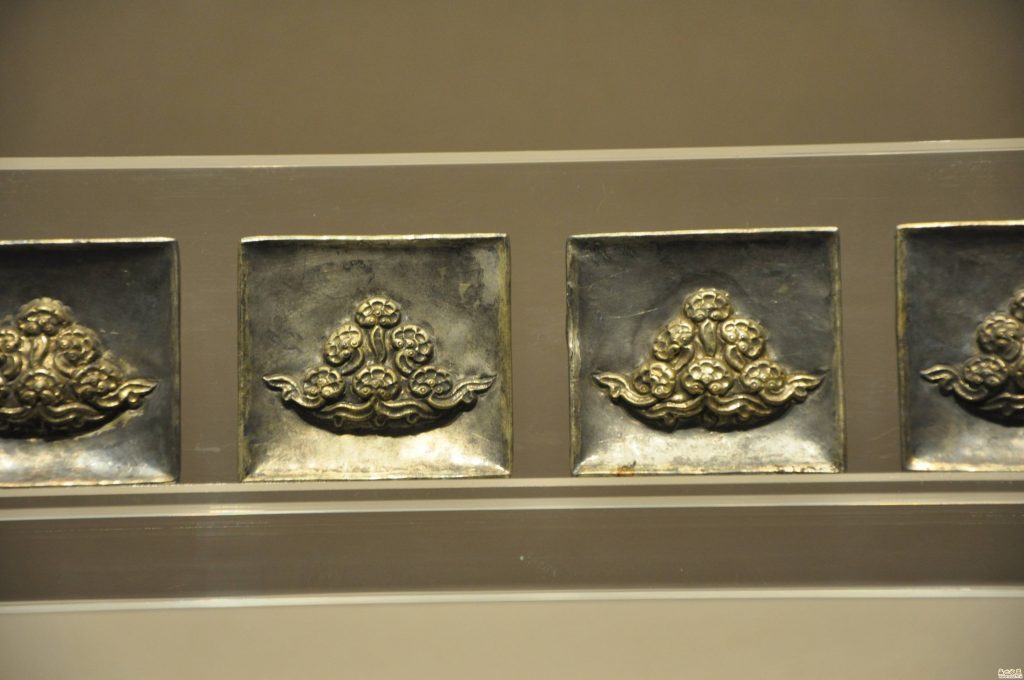
Due to superstition -locals believed that the bricks could repel illness or prevent miscarriage-many people stole bricks were tower to grind into powder, without knowing many of the bricks were designed to store Buddhist scriptures.
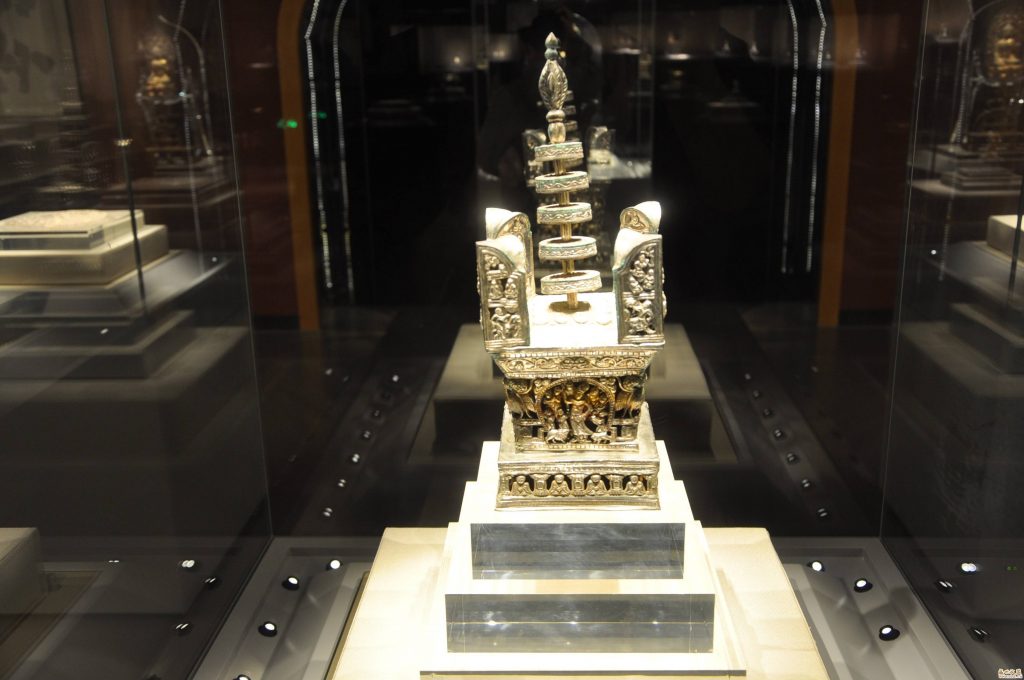
When the pagoda finally toppled down on the afternoon of September 25, 1924, due to disrepair,china’s most celebrated Dreams of Red Mansion expert Yu Pingbo was playing chess with a monk friend in a building just across from the ruin. Immediately, waves of people rushed to the site to pagoda’s collapse and to plunder fallen bricks. The debris was left unattended for almost 80 years until 2002, when archeologists launched a new round of excavation endeavours designed to do the cultural treasure justice.
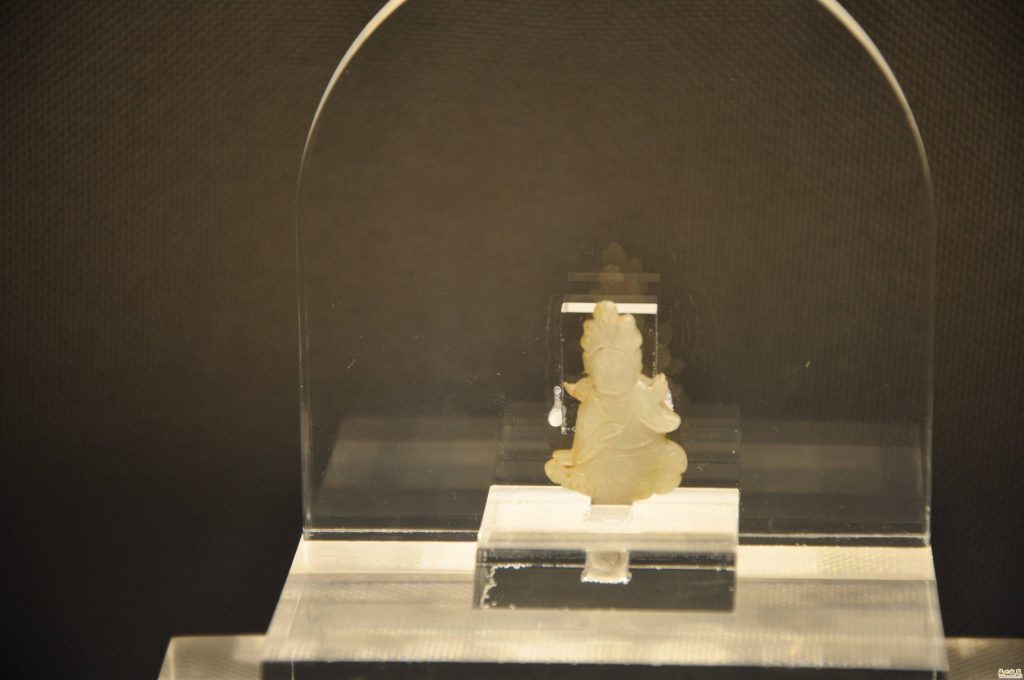
The underground palace that was blocked by a huge boulder turned out to be a treasure house of exquisite jade and bronze artefacts .One of the biggest findings is a bronze Sakyamuni(the founder of Buddhism)statue made during the Tang Dynasty.
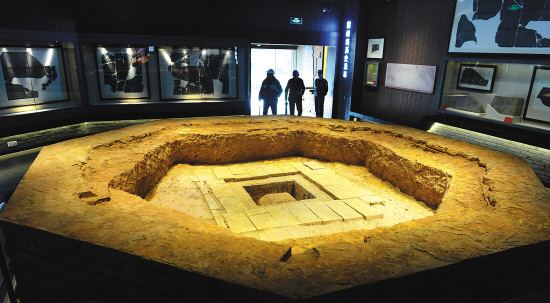
No one knows exactly how many treasures the last king of the Wu and the Yue Kingdom stashed inside the pagoda 1,000 years ago, and most Hangzhouvians still choose to believe that the White Snake is still under house arrest, as ordered by Fahai, inside the pagoda’s base. Archeological values aside, the pagoda symbolises the choice that humans must make between reckless love and obedience to social norms and, for the Hangzhounese, the unsolved puzzle of whether or not the fair lady ‘White Snake’ is still there constitutes the most enchanting part of the pagoda’s considerable charm, no matter how much it has changed outside over the centuries.
